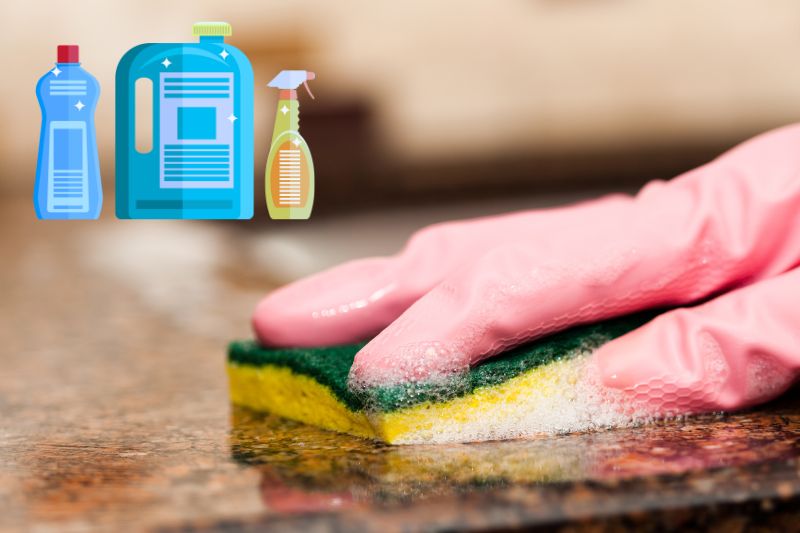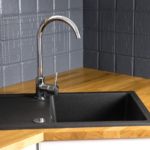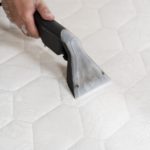Granite has a reputation as one of the most beautiful materials for use in the kitchen. It’s an igneous rock, meaning it’s been formed from cooled lava, and it is an easy way to bring some of nature into your home.
It looks great and is among the most durable kitchen countertop options. A granite worktop can serve you for decades when maintained properly.
However, there’s a catch: caution must be taken when cleaning. Products and techniques that are perfectly suitable for other surfaces can damage granite or degrade the surface sealant, eventually leading to stains or scratches.
The good news is that the cleaning techniques best used on granite are both simple and easy.
In this article, you will learn how to clean granite worktops effectively using simple techniques and readily available ingredients.
Whether you’re dealing with spills, stains, or everyday grime, our step-by-step guide will help you achieve sparkling results.
What’s the Best Thing to Clean Granite Countertops With?
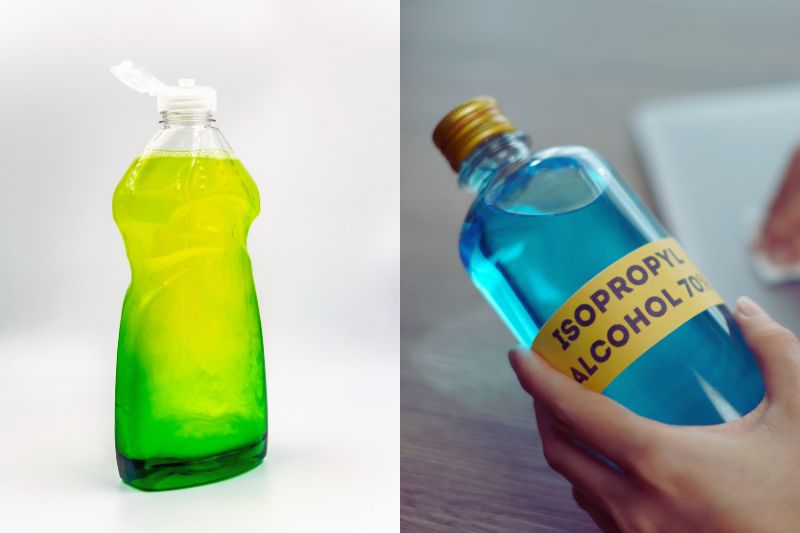
A few cleaning products on the market have been designed specifically to clean granite worktops. When used correctly, these typically produce good results and can be incredibly useful if you wish to give your kitchen a deep clean.
However, you don’t need to buy special products to keep your granite in good condition. Instead, you can use various natural cleaners that you may have around your home already.
Keeping your granite countertops clean on a daily basis is as simple as wiping the surface down with a bit of soap and water.
Washing up liquid is perfect for cleaning up everyday messes and is designed to cut through any grease and grime that may have accumulated during cooking.
If you want a slightly stronger disinfectant, use a 50:50 solution of isopropyl alcohol and water; this will also remove residue from the soap if needed.
Using harsher disinfectants on your granite surfaces is unnecessary, as these can eat away at the layer of protective sealing.
For example, vinegar, lemon juice, and other acidic cleaning products may degrade the sealant, cause permanent stains, and leave etchings on the granite surface.
How to Remove Stains from Granite Worktops
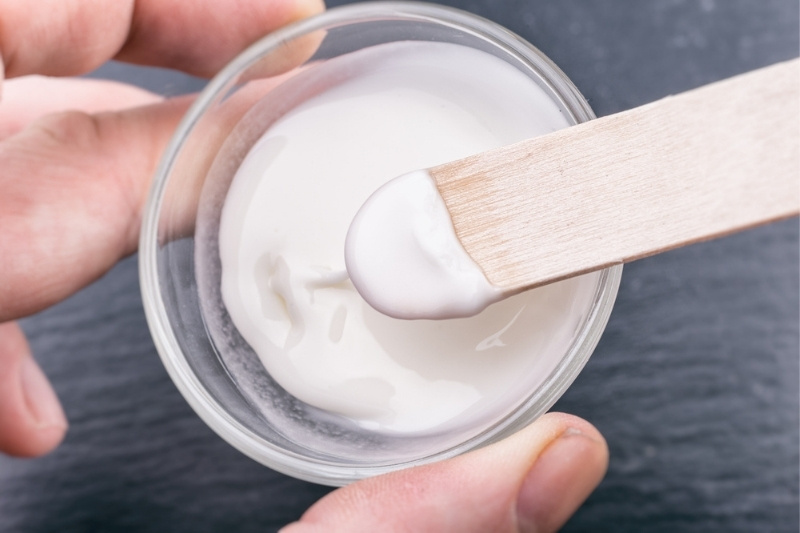
When stains start to form on your granite worktops, it is generally a sign that they are inadequately sealed.
The best stain prevention method is to maintain the surface by reapplying a sealant at the recommended time (see below for more details).
Unfortunately, any stains that have already formed will have to be removed to restore your granite worktops to their original condition.
Your best bet for eliminating these stains is to apply a paste made of bicarbonate of soda and hydrogen peroxide to the granite surface. This can be left to sit overnight as a poultice so that the cleaner has time to lift the stain.
For the best results, you will need to:
- Combine bicarbonate of soda and hydrogen peroxide in a bowl to create a cleaning paste.
- Apply a ½-inch thick layer of paste to the stain.
- Tape a clingfilm sheet over the area to secure it in place.
- Leave the poultice to sit for 24-48 hours until the paste is dry.
- Remove the clingfilm and wipe away the paste with a soft damp cloth.
- Rinse the area with water and dry with a microfibre cloth.
- Repeat if needed until all traces of the stain are gone.
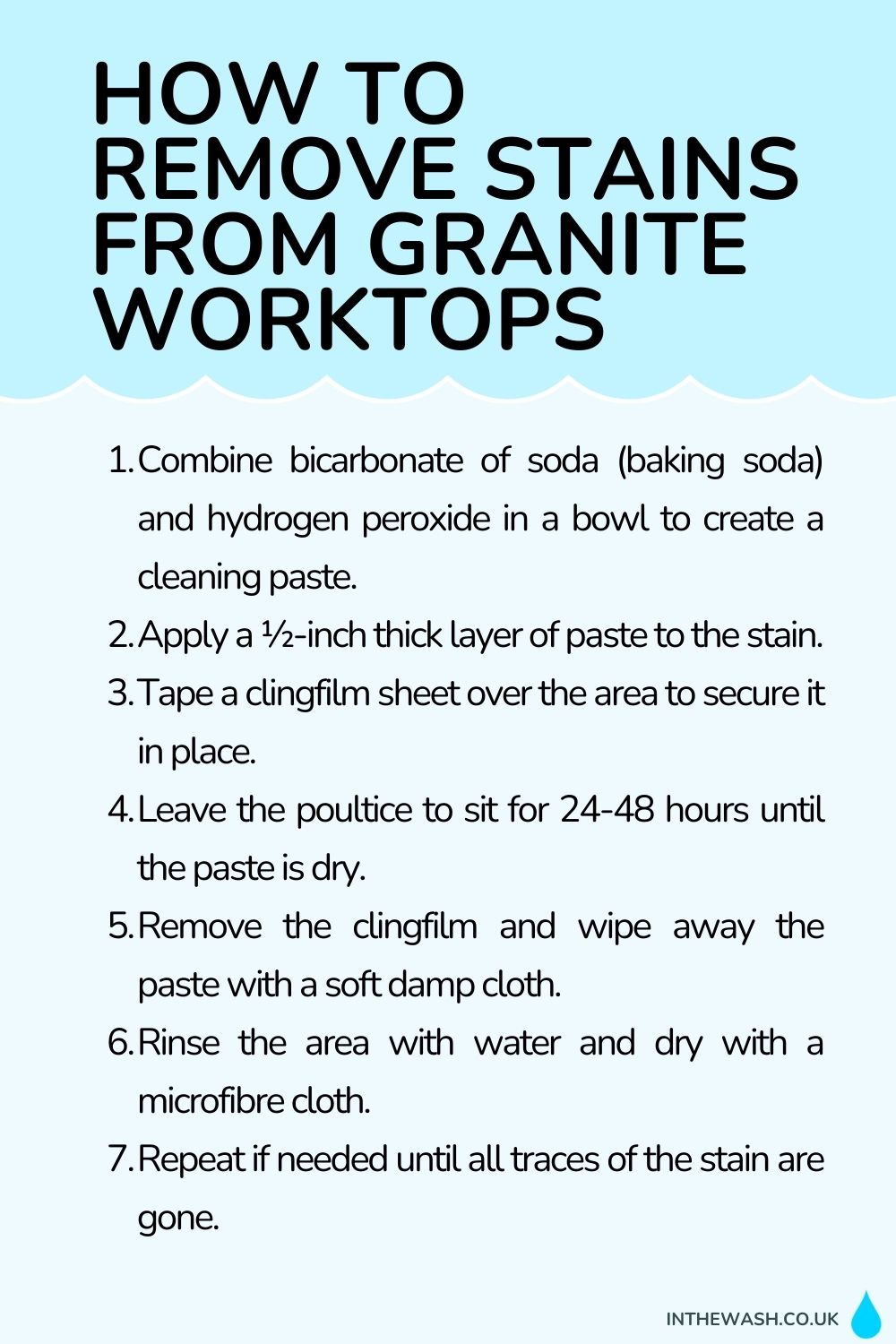
How to Remove Water Marks from Granite
If you live in an area with hard water, you may find water marks and limescale build-up on your countertops.
One of the best ways to remove this mineral residue is to use a bicarbonate of soda cleaning paste.
This can be done by following the below steps:
- Create a cleaning paste by combining a 2:1 ratio of bicarbonate of soda and water.
- Apply a layer of the paste to the limescale and allow it to sit for a few minutes.
- Gently scrub the paste into the granite using a sponge or toothbrush.
- Rinse the area with clean water to remove any residue.
- Dry the surface with a microfibre cloth.
- Repeat as necessary until any water marks have been removed.
White vinegar or lemon juice are also great at cutting through this mineral residue, but they can only be used sparingly due to their acidic nature.
Other options include scrubbing with fine steel wool or a pumice stone, but take care because it is possible to leave etchings on the granite surface.
Can You Use Bleach on Granite?

If you’ve had a particularly nasty spill on your worktop, you may be tempted to reach for a bottle of bleach. This product is a powerful disinfectant that is known for killing any lingering germs and bacteria from your home. As such, it is often a go-to when it comes to household cleaning.
Unfortunately, granite is a porous stone, meaning it is highly susceptible to damage from the harsh chemicals that this cleaner contains.
Even contact with products that have lower levels of bleach can cause discolouration and etchings to occur on the surface.
This being said, some sealants will provide a protective layer over your granite worktops. In this instance, using a diluted bleach solution to clean your kitchen will be safe.
However, harsh chemicals will also degrade some sealants, so we suggest avoiding bleach-based products on granite wherever possible to be safe—it’s better than being sorry!
How to Maintain Granite Worktops
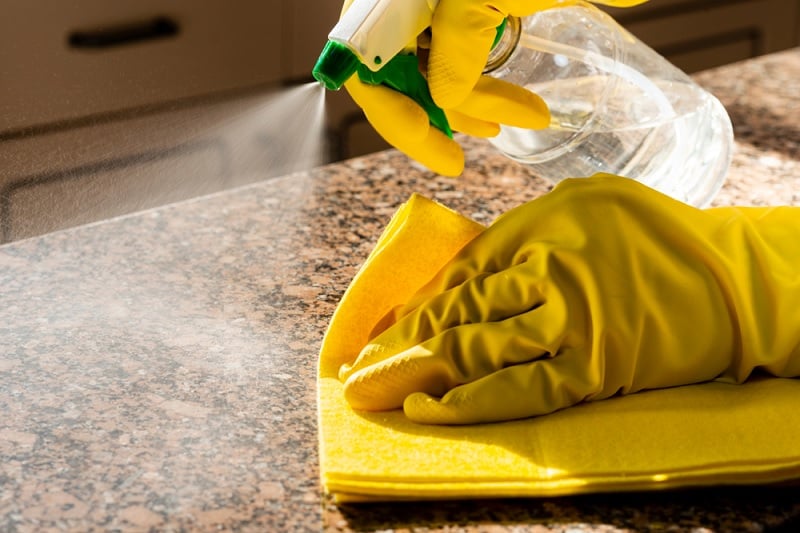
Although properly cleaning your granite worktops is important, the easiest way to keep them in top condition is to maintain their perfect finish in between cleans.
A quick daily wipe-down with soap and water is a great first step, but other tips on how to care for your granite surfaces are listed below.
1. Buff out smears after cleaning
Granite, especially the black varieties, is sought after for its high sheen and polished appearance. Unfortunately, this also means the smooth surface is fairly unforgiving when it comes to smudges and smears.
If you’re frustrated by cleaning your worktops only to come back a few minutes later to find a series of unsightly smears, try using a clean cloth to buff away marks after your daily clean.
Simply wait for your worktops to dry, then rub a microfibre cloth in a circular motion over any smeared areas until they shine.
2. Polish worktops to make them shine
If you feel your granite worktops have started to look dull, why not polish them to bring back their naturally shiny finish?
You can buy specialist granite polishes if desired, but you can also get a similar effect using cooking oil.
Apply a little oil to a soft, clean cloth and gently buff it over the granite until the shiny coating has been restored.
When used in large quantities, cooking oil can stain granite, so ensure you use it sparingly when using this technique.
3. Seal granite surfaces
As a natural stone, granite contains pores that soak up a variety of substances. This means it can be highly susceptible to stains.
To prevent this from occurring, your granite needs to be regularly waterproofed with a sealant. This can be performed by a professional or by yourself with a specialty stone-sealing product.
Estimates on how often to seal your worktop vary from once every six months to every three years, but once per year is generally a sensible interval for sealing your counters.
Still, you should follow the recommendations on the product you choose or from the professional you hire for the best results.

Hannah has a passion for cleaning. She worked her way around Australia by cleaning hostels in exchange for free accommodation and used her cleaning skills to bag a job as a chalet host for a luxury ski company in France.
